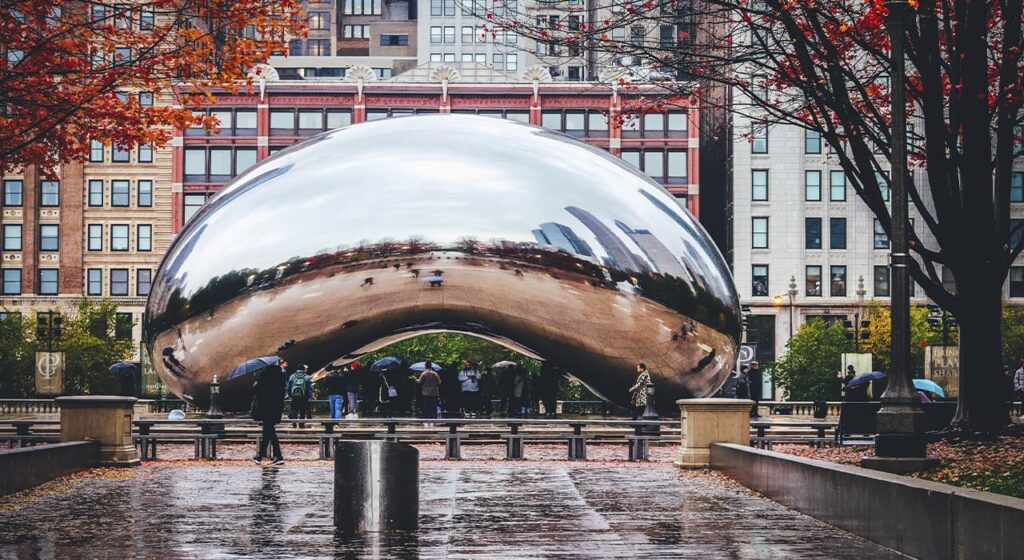Women’s Art
Back in 1971, renowned art critic Linda Nochlin asked, “Why were there no great female artists?” – and devoted an entire essay to it that became famous. The question is far from idle, because for a long time women in art have appeared much more often in the status of models or muses who inspired male artists than as independent authors.
Today the situation is changing rapidly: there are more and more women artists at exhibitions, in galleries, at auctions. For example, at the largest exhibition of contemporary art, the 59th Venice Biennale, which takes place from April to November this year, most of the participants are women and non-binary people. This emphasis is deliberate, to show the contribution that women artists have made to contemporary art and that there are indeed many of them.
It’s hard to call this trend new, but now it’s gaining more and more momentum.
Unusual Locations
More and more often modern art can be found in the most unexpected locations: on a city’s central square, in a temple, in a restaurant or even a mall.
There is nothing specific in the fact that art surrounds people in their daily lives; examples can be found in any era: religious frescoes on the walls and plafonds of cathedrals, sculptures in palace parks, paintings and engravings in aristocratic mansions.
The contrast is striking when modern art objects are exhibited next to classical art. For example, in Venice inside the Scuola Grande di San Giovanni Evangelista, works by contemporary artist Ugo Rondinone are on display alongside Renaissance paintings as part of the “Burn, Shine, Pari” exhibition.
Such art interventions are usually temporary and allow us to look at classical works from an unusual angle, discover new meanings in them and raise the status of contemporary art, which is also capable of speaking about the sublime and the beautiful – just in a different language.
Participatory art
I’m talking about art that involves the viewer and turns him or her from a bystander into a participant in the creative process.
A recent example that I saw this summer was a skatepark-like installation at a contemporary art exhibition where anyone can bring their own skateboard and ride it. This art-object is presented at the exhibition documenta 15 in the German city of Kassel, which every 5 years becomes the main point of art-experiments. The work of the Thai collective speaks the language of action, attracting the attention of young audiences and making the exhibition space more democratic and accessible.
Another example of the public’s active interaction with an art object is Carsten Höller’s installation in the form of a large slide, down which not only children, but adults as well can descend. To offer an unconventional experience or to resurrect long forgotten experiences is capable of art that is not afraid of experimentation and challenges the familiar.
